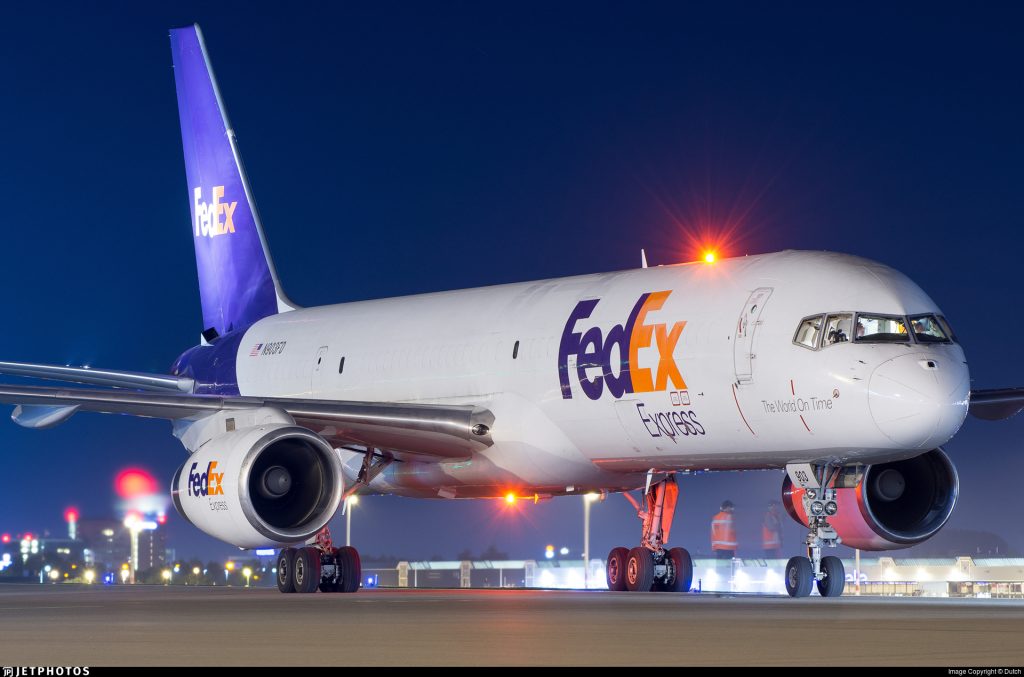Introduction
FedEx, short for Federal Express, is one of the world’s largest courier and logistics companies. Established in 1971 by Frederick W. Smith, FedEx revolutionized the shipping industry by introducing an overnight delivery system and tracking technology that allowed customers to know the real-time status of their packages. Today, FedEx operates in over 220 countries and territories, serving millions of customers daily with services ranging from express parcel delivery to freight shipping and supply chain solutions.
This article explores FedEx’s services, pricing structure, business model, and even includes a calculation example to help you estimate shipping costs.
History of FedEx
- 1971: Frederick W. Smith founded Federal Express in Little Rock, Arkansas.
- 1973: Launch of overnight delivery with 14 small aircraft covering 25 cities.
- 1980s: Expansion to international markets.
- 1994: FedEx launched its official website, one of the first shipping companies to go digital.
- 2000s: FedEx became a global logistics leader, acquiring TNT Express and expanding into Europe and Asia.
- Today: FedEx employs over 500,000 people worldwide, with a fleet of more than 700 aircraft and 200,000 vehicles.
FedEx Services
1. FedEx Express
The flagship service known for overnight delivery and time-sensitive shipments. Offers same-day, overnight, and 2–3 day delivery within the U.S. and internationally.
2. FedEx Ground
Cost-effective shipping for less urgent packages within 1–5 business days across the continental U.S. and Canada.
3. FedEx Freight
Specialized in less-than-truckload (LTL) and full-truckload (FTL) shipping for heavy and bulky goods.
4. FedEx Office
Provides printing, copying, scanning, and packaging services at retail locations.
5. FedEx International Shipping
- International Priority: 1–3 business days worldwide.
- International Economy: Cost-saving option with 4–6 business days delivery.
6. FedEx Logistics & Supply Chain
Covers customs brokerage, warehousing, distribution, and supply chain consulting.
FedEx Tracking System
One of FedEx’s biggest innovations is its tracking technology. Every package is assigned a tracking number that allows customers to monitor the shipment in real-time through the FedEx website, mobile app, or SMS updates.
FedEx Cost Calculation Example
FedEx calculates shipping costs based on:
- Package Weight (in pounds or kilograms).
- Dimensional Weight (DIM) = (Length × Width × Height) ÷ DIM divisor (usually 139 for international, 166 for domestic).
- Shipping Zone (distance between origin and destination).
- Service Type (Express, Ground, International Priority, etc.).
Example:
- Package dimensions: 20 × 15 × 10 inches
- Actual weight: 15 lbs
- DIM divisor (domestic): 166
Step 1: Calculate Dimensional Weight DIM weight=20×15×10166=3000166≈18.1 lbs\text{DIM weight} = \frac{20 × 15 × 10}{166} = \frac{3000}{166} ≈ 18.1 \, lbsDIM weight=16620×15×10=1663000≈18.1lbs
Step 2: Compare with Actual Weight
- Actual = 15 lbs
- DIM = 18.1 lbs
- FedEx charges the higher weight → 18 lbs
Step 3: Apply Zone Pricing
Assume Zone 5 (500–1500 miles) with FedEx Express Saver rate = $2.50 per lb 18×2.50=45 USD18 × 2.50 = 45 \, USD18×2.50=45USD
So, the estimated shipping cost is $45.
FedEx Business Model
FedEx’s success comes from combining speed, reliability, and technology. Its hub-and-spoke system (with the main hub in Memphis, Tennessee) allows packages from across the U.S. to be collected, sorted, and dispatched efficiently overnight.

Revenue Sources:
- Express shipping (40%)
- Ground shipping (30%)
- Freight services (20%)
- Logistics & other solutions (10%)
Advantages of Using FedEx
- Fast and reliable delivery times.
- Global reach across more than 220 countries.
- Advanced tracking system for real-time updates.
- Flexible shipping options for different budgets.
- Business solutions like supply chain management and customs clearance.
Disadvantages of FedEx
- Often more expensive than competitors like UPS or USPS.
- Surcharges for fuel, residential delivery, and oversized packages.
- Limited presence in rural or remote areas compared to local postal services.
(FAQs)
Q1: How much does it cost to ship a package with FedEx?
A: Costs vary based on package weight, dimensions, distance, and service. A small 2-lb package sent via FedEx Ground may cost around $10–$15, while an overnight Express package could cost $30–$60.
Q2: Does FedEx deliver on weekends?
A: Yes. FedEx offers Saturday and Sunday delivery for residential customers in many locations.
Q3: How do I track my FedEx shipment?
A: Use the tracking number on the FedEx website, mobile app, or by SMS/email updates.
Q4: What is FedEx’s DIM weight rule?
A: FedEx charges based on either actual weight or dimensional weight, whichever is higher. This prevents large but lightweight boxes from being shipped cheaply.
Q5: Can FedEx ship internationally?
A: Yes. FedEx ships to over 220 countries with express and economy options, handling customs clearance as well.
Q6: Is FedEx cheaper than UPS or DHL?
A: Prices vary. FedEx is generally competitive for overnight and international services, while UPS or USPS may be cheaper for ground shipping.
Q7: How fast is FedEx Express?
A: FedEx Express offers overnight, 2-day, and 3-day shipping, depending on customer needs.
Conclusion
FedEx has grown from a small courier company into a global logistics powerhouse. Its innovation in overnight delivery and package tracking has set industry standards. While sometimes pricier than competitors, FedEx remains the go-to choice for reliable, fast, and secure deliveries worldwide.

